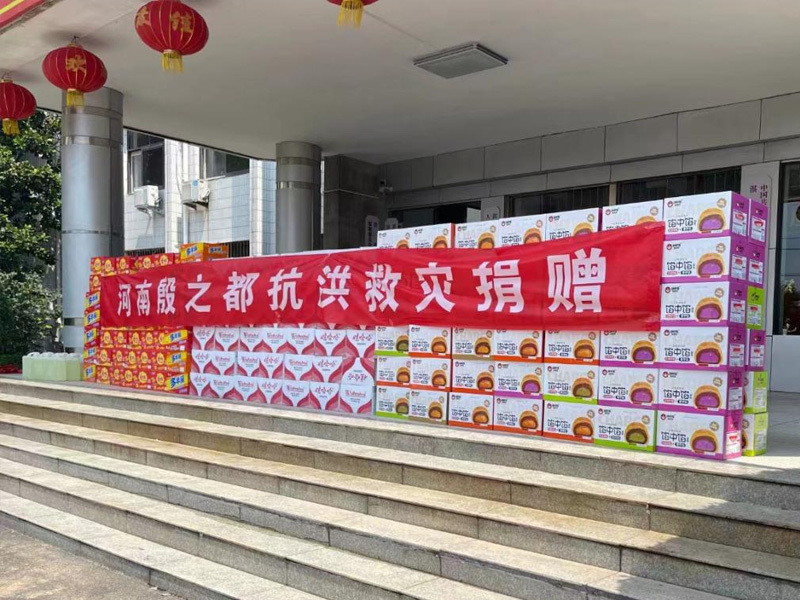Analysis and Discussion on Coal Chemical Wastewater Treatment Technology
2023-11-10
China's coal resources are relatively rich, and the coal-to-oil chemical industry is an important part of China's industry. The normal production and operation of coal-to-oil chemical enterprises will produce a large amount of wastewater, which has the characteristics of high organic content, difficult degradation, high concentration and complex composition. If effective treatment measures are not taken, it will cause serious harm to the ecological environment around the enterprise. Therefore, it is necessary to do a good job of treatment and control the discharge of wastewater.
Because coal-to-oil chemical wastewater has a wide range of sources, complex composition and other characteristics, the use of a single treatment method can not meet the requirements, often a combination of a variety of process technologies. In addition, coal chemical wastewater is affected by the operating environment, production process, wastewater treatment requirements, etc., and the treatment process used by coal-to-oil chemical enterprises to treat wastewater is also quite different.
The pretreatment process of coal-to-oil chemical wastewater includes air flotation, filtration, etc., which is used to remove oil and solid suspended matter in the wastewater and ensure the stable transportation of the subsequent biochemical treatment process. The air flotation separation method is to introduce or manufacture a large number of tiny bubbles into the wastewater as carriers, on which impurities such as petroleum and solid suspended solids are attached. The overall density of the formed bubble group is less than that of water, and its buoyancy is greater than gravity and resistance. In this way, it will surface to bring out impurities such as petroleum and solid suspended solids in the water to achieve the purpose of purifying water quality. The principle of coarse filtration technology is to use quartz sand, coconut shell, walnut shell and other filter materials to remove suspended solids and colloids in coal-to-oil chemical wastewater through adhesion and filtration.
Biochemical method is the core process of treating coal-to-oil chemical production and domestic sewage, which has the advantages of low operating cost, good treatment effect, strong adaptability and environmental protection. The principle is to use anaerobic and aerobic microorganisms to convert organic matter and toxic substances in wastewater into small molecules and non-toxic substances through the metabolism of microorganisms]. At present, the commonly used biochemical processes include A/O,CAST (circulating activated sludge process),SBR,EBA (external circulation anaerobic technology, biological enrichment technology, A/O process technology as the main multi-stage biochemical combination treatment technology), anaerobic biological fluidized bed and other monomer or a variety of combined processes.
The pretreatment unit and biochemical unit have little effect on the removal of hardness and chroma in the water, and the effluent still cannot meet the requirements, so further advanced treatment is needed to meet the discharge requirements. The main processes of advanced treatment are: flocculation precipitation, adsorption, deep oxidation and so on.
Different processes and stages of coal-to-liquid chemical wastewater due to different sources, the composition of the water is also very different, a single treatment process has been unable to meet the requirements of enterprises, often need a combination of multiple treatment technologies. The rapid development of coal-to-oil chemical industry has led to an increasing total amount of coal-to-oil chemical wastewater, and the environmental protection situation is becoming more and more serious. Due to different sources of coal-to-oil chemical wastewater in different processes and stages of coal-to-oil chemical enterprises, the composition of the water is also very different. A single treatment process can no longer meet the requirements of enterprises, and a combination of multiple treatment technologies is often required. The rapid development of the coal-to-oil chemical industry has led to an increasing total amount of coal-to-oil chemical wastewater, and the environmental protection situation has become increasingly severe, and the requirements for wastewater discharge from coal-to-oil chemical enterprises have become more and more stringent. Therefore, "zero emission" treatment technology is the focus of future research, but it also faces a series of problems such as membrane fouling, frequent scaling of evaporative crystallization devices, substandard crystalline salt products, and miscellaneous salt treatment that need to be solved urgently.
Address:Industrial road west,186, Qixian County, Henan Province, 456750 ,China,


